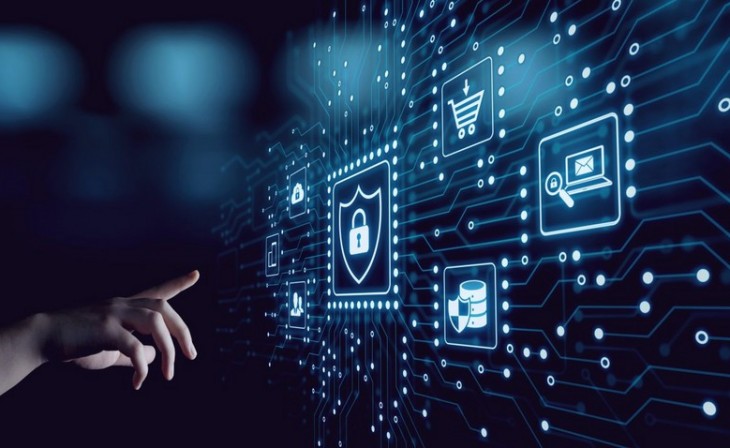Interested in training in cybersecurity? Check out the latest trends
Cybersecurity Training Trends
Mike Hendrickson, vice president of technology and solutions for developers at Skillsoft has revealed the current landscape. For starters, there has been a 53% increase in the total number of hours corporate students have spent on security training and content since 2019. On the other hand, 75% of corporate decision-makers in IT struggling with gaps in cybersecurity and cloud-related fields are increasingly valuing and seeking cybersecurity training.
Today the shift to remote and hybrid work has dramatically changed the way students approach their cybersecurity training, and also the way companies offer it. Workers want convenience, ease of access, and training that adds value to their careers.
Between 2020 and 2021 it has been observed that students do not have much time to dedicate to learning and that 67% dedicate less than 5 hours to learning per week. There have also been increases in access to courses focused on improving communication and productivity in a world of remote work. Thus, aspects related to the development of emotional intelligence and communication through the Microsoft Teams application have had a significant increase.
Most demanded security certifications
Cybersecurity training in 2021 has among its most demanded courses:
- OWASP ( Open Web Application Security Project).
- Cloud security fundamentals.
- CompTIA Security + certification courses that cover everything from social engineering techniques to basic principles of cryptography.
On the other hand, 91% of IT professionals in North America have at least one certification. It should also be noted that, after completing a certification, 49% have noticed an improvement in the quality of their work.
As for the company, you have to get everyone involved in security. So we must have a good foundation on why security is important for the business to be successful. Once everyone has this perspective we will see how the training will make more sense.
How training should work
According to Mike Hendrickson, safety training should not be done occasionally on a seasonal basis or be a short-term priority. Cybercriminals do not rest and will continue to carry out their attacks, for this reason, it is necessary to ensure optimal training of all employees.
He also adds that some keys to building a lasting cybersecurity culture include:
- Describe the role each employee plays.
- Implement a blended learning approach, in which content from a traditional course is combined with real-world scenarios or practice labs.
- Encourage employees to obtain certifications to improve their skills.
- Provide employees with the necessary tools to obtain cybersecurity training.
Finally, in addition to traditional training for all employees, it is important that employers provide space for their workers to improve and hone their new skills.




